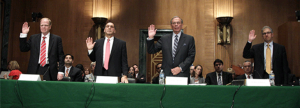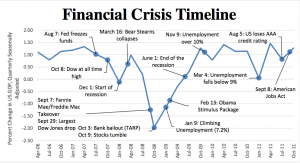The Big Con
By Laurence Kotlikoff,
Everyone knows what caused the Great Recession (GR). Bad banks issued bad mortgages. Bad bankers overleveraged. Bad shadow banks evaded regulators. Bad rating companies overrated securities. Bad regulators fell asleep at the wheel. Bad households drove up house prices. Bad derivatives expanded. Bad traders overtraded. In sum, bad banks full of bad bankers did bad things.There’s just one problem with this narrative. It doesn’t fit the facts. Worse, it diverts attention from the real problem. The real problem wasn’t bad actors misusing a good banking system. It was mostly good actors using a bad banking system—a banking system built to fail. Structural failures have structural causes. The Hindenburg had a short circuit. The Challenger had faulty O-rings. The Titanic had unsealed bulkheads. The I-35W Mississippi River Bridge had inadequate gusset plates. Our banking system had and has leverage and opacity. Thanks to these structural problems, the banking system failed colossally. Then it was bailed out and rebuilt to original spec. Consequently, it will collapse again. Leverage and opacity are the O-rings of the banking system.
More From Maudlin Economics:

















